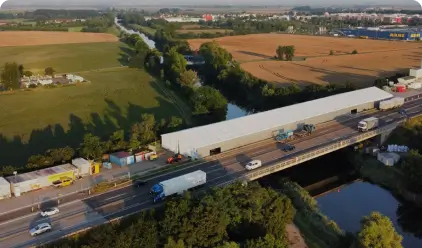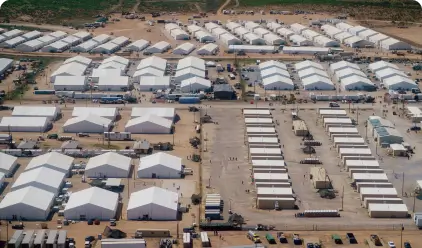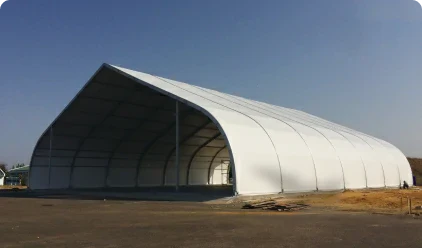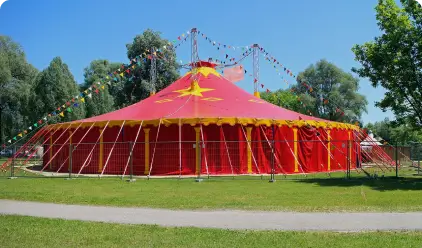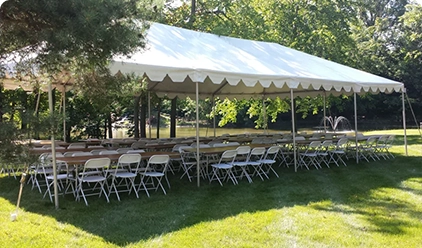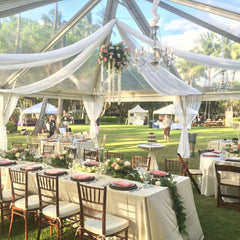Proper Canopy Weights Explained Guide
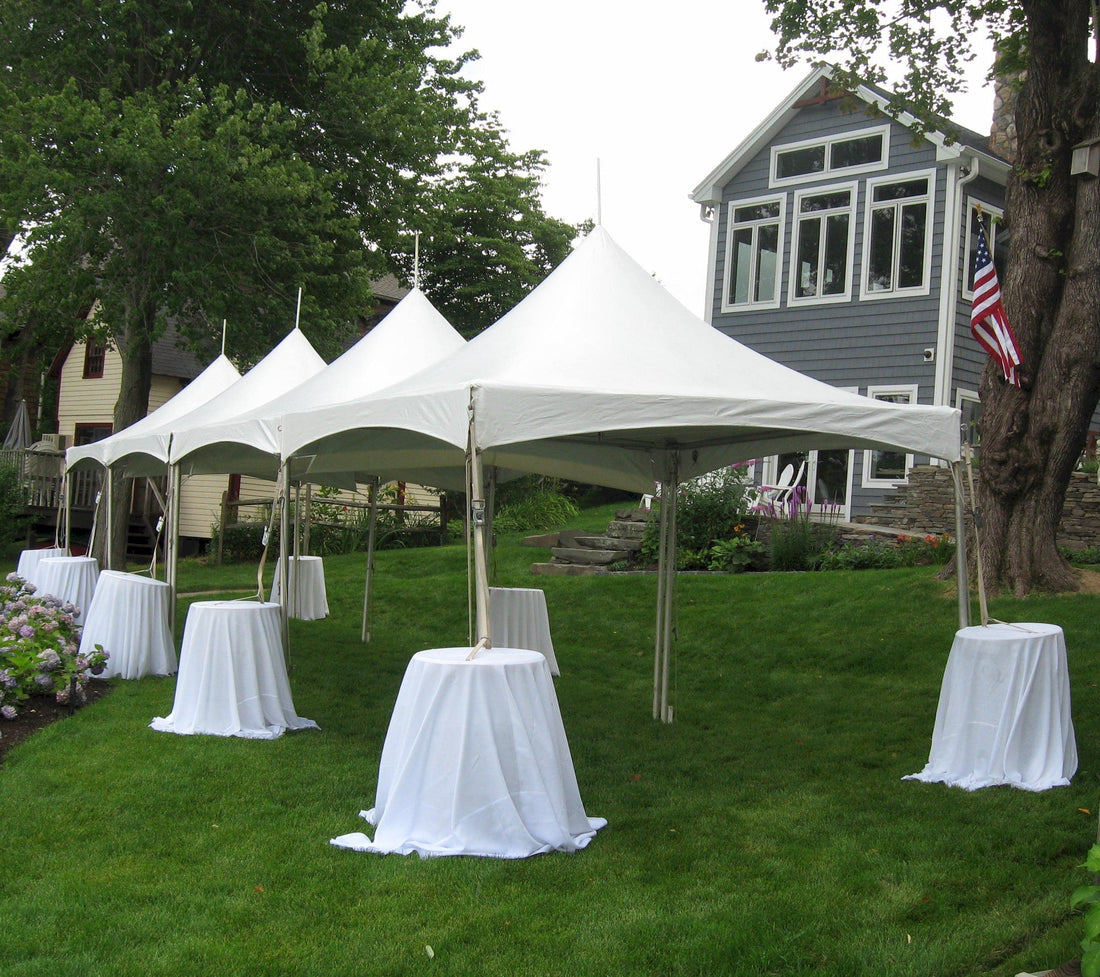
When using a tent, the correct setting of canopy weights is the key to ensuring safety and stability. To follow safety rules to reduce the risk of blowing over by high winds, you need to choose the right type of tent weight, distribute it evenly, and ensure it is firm.
This article will explain in detail how to properly select and how much weight is needed for your tent. Plus, we will introduce how to weigh down your canopy tent to ensure safety.
What Are Canopy Weights?
Canopy weights are specialized weights designed to secure the base of a canopy or tent. They are usually used when the site does not allow tent stakes on the ground or when it is concrete. These weights can come in various forms, including:
• Sandbags: Often used for their ease of filling and versatility.
• Water Bags: Containers that can be filled with water to add weight.
• Heavy Duty Steel Weights: Solid metal weights that provide substantial stability.
• Weight Plates: Often used in combination with other anchoring systems.
The primary purpose of canopy weights is to stabilize the structure of a tent or canopy. Using them can ensure safety, prevent movement, and maintain structural integrity.
How Much Weight Is Needed to Hold Down a 10x10 Canopy Tent?
The weight required to anchor the tent can vary depending on several factors, including the type of canopy weight used, the tent's dimensions, weather conditions, and the kind of ground where the tent is set up.
A 10x10 canopy tent typically needs 30-40 lbs per leg in normal conditions and 75-125 lbs per leg in windy scenarios.

Canopy Weights in Windy Conditions
Windy conditions can significantly challenge the stability of a 10x10 canopy tent, making proper weight distribution crucial for maintaining its position. Below are the required canopy weights for different ground types:
• Hard Surfaces: Traditional stakes or pegs are not an option on hard surfaces like concrete or asphalt. Instead, you must rely solely on canopy weights to keep the tent anchored.
For a 10x10 canopy tent, the general recommendation is to use 50-75 pounds of weight per leg in windy conditions.
• Soft Surfaces: On softer surfaces such as grass or dirt, you can use tent stakes or tent pegs in addition to canopy weights. In windy conditions, a combination of 75 to 100 pounds of weight per leg, plus stakes driven into the ground, provides enhanced stability.
The stakes help to secure the tent's base plate, while the weights add extra resistance against the wind’s force. Ensure the stakes are driven deeply into the ground and are of appropriate length for maximum effectiveness.
• Sand/Beach: 100-125 lbs per leg is required to anchor the tent in the sand for stability, as sand is a more difficult surface to reinforce due to its properties.
At Sheltent, designed for adaptability on any ground surface, our durable aluminum frame tents can be equipped with stakes & ratchet for soft or sand and a tent ballasting system for concrete. Its sturdy aluminum alloy frame can provide superior stability even in high winds.
By choosing our frame tent, you benefit from advanced engineering and comprehensive anchoring solutions, ensuring that your event or camping experience remains safe and enjoyable, no matter how fierce the wind may be.
Table of 10x10 Canopy Tent Weights
The following table offers a consolidated view of the recommended weights under different ground conditions to hold down a 10x10 canopy tent:
| Condition | Hard Surface | Grass/Dirt/Soil | Sand/Beach |
|---|---|---|---|
| No-windy Condition | 20-30 lbs per leg | 30-40 lbs per leg | 40-50 lbs per leg |
| Windy Condition | 50-75 lbs per leg | 75-100 lbs per leg | 100-125 lbs per leg |
Types of Tent Weights
To weigh down your canopy tent simply and safely, you should select the right tent weight according to your tent size and weather conditions. Here are the common canopy weights:
Sandbags
Sandbags are a traditional and versatile choice for tent weights. They are simple, durable, and can be easily adjusted to meet specific weight requirements.
- Flexibility
- Weight Customization
- Durability
Water Weights
Water weights are a modern alternative to sandbags, offering convenience and ease of use. These weights are essentially heavy-duty bags designed to be filled with water, making them an excellent option for temporary installations or events.
- Ease of Use
- Adjustable Weight
- Compact Storage
Weight Plates
Weight plates can also serve as effective tent weights. Their heavy, compact design makes them a reliable choice for stabilizing large and heavy-duty setups.
- Heavy-Duty Construction
- Ease of Placement
- Durability
Buckets
Buckets filled with gravel or sand are another practical choice for tent weights. They are readily available and can be customized to the required weight by adjusting the amount of material inside.
- Convenience
- Customizable Weight
PVC Pipes
PVC pipes can be used as makeshift tent weights by filling them with sand or gravel and sealing the ends. This approach is both economical and customizable, allowing for a DIY solution that can be adapted to various needs.
- Cost-Effective
- Portability
Right & Wrong Examples of Canopy Weights
The wrong weight configuration can cause the tent to blow over. Here are examples of correct and incorrect canopy weights:
Examples of Bad Canopy Weights
• Lightweight Plastic Bags: Insufficient weight and durability; prone to tearing and ineffective in windy conditions.
• Unsecured Water Bottles: Lack of sufficient weight and stability; bottles can easily tip over or be blown away.
• Wooden Planks: Wood can be unstable, and planks are often not heavy enough or easy to secure properly.
Examples of Right Canopy Weights
• Sandbags: Provides adjustable weight, good for both soft and hard surfaces, and offers stability. They weigh at least 20 pounds and are filled with sand. Because of the shape of the sandbag, it's very easy to fit on the umbrella leg.
• Weight Plates: Provides substantial, consistent weight, ideal for high-wind conditions and hard surfaces.
• PVC Pipes: Cost-effective and customizable, good for DIY setups, and can be used on different surfaces. They are often capped and filled with cement and can be hung on the inside of canopy poles as long as it is secured.
Pro Tips: How to Safely Weigh Down a Canopy Tent
What happens if you don't weigh down your canopy tent correctly? Sand may blow into the tent because it is not stable enough. To ensure your safety, here are some important tips for anchoring your canopy with weights safely.
• Check the Weather Forecast: Before setting up your canopy tent, check the weather conditions. If high winds are expected, you may need to add extra weights or take additional measures to secure the tent.
• Distribute Weights Evenly: Avoid placing excessive weight only on one side, which can lead to instability.
• Use Reliable Fasteners: Attach canopy weights securely to the legs or frame using durable straps or ropes.
• Regularly Inspect the Setup: Periodically check the weights and fasteners to ensure they remain secure. Over time, wind and other factors may cause wear and tear, so it's important to make adjustments as needed.
Conclusion
Choosing suitable canopy weights and ensuring that they are evenly distributed and firmly fixed can effectively prevent the tent from moving or collapsing in strong wind or other adverse conditions. And the right weight is also very important. The lack of weight will cause the tent to blow over.
If you have more questions about this, you can ask us for free! Sheltent will provide professional advice for anyone who wants to purchase an event tent with weights.
FAQs About Canopy Weights
Can I DIY Canopy Weights?
Yes, you can definitely DIY canopy weights! Several options are both effective and cost-efficient. Common DIY weights include:
• Buckets Filled with Sand or Gravel: Use sturdy plastic or metal buckets, fill them with sand or gravel, and securely attach them to your canopy legs. This method is straightforward and adjustable.
• PVC Pipe Weights: Cut PVC pipes to desired lengths, cap both ends, and fill them with sand or water. Seal the caps tightly and secure them to the canopy frame.
How to Choose Weights for a Canopy Tent?
When choosing weights for a canopy tent, consider the following factors:
• Tent Size: Larger tents require more weight for stability.
• Weather Conditions: Increase weight in windy or rainy conditions.
• Surface Type: Use heavier weights on hard surfaces where stakes can't be used.
• Weight Type: Opt for sandbags, water weights, or weight plates based on ease of use and transport.




























